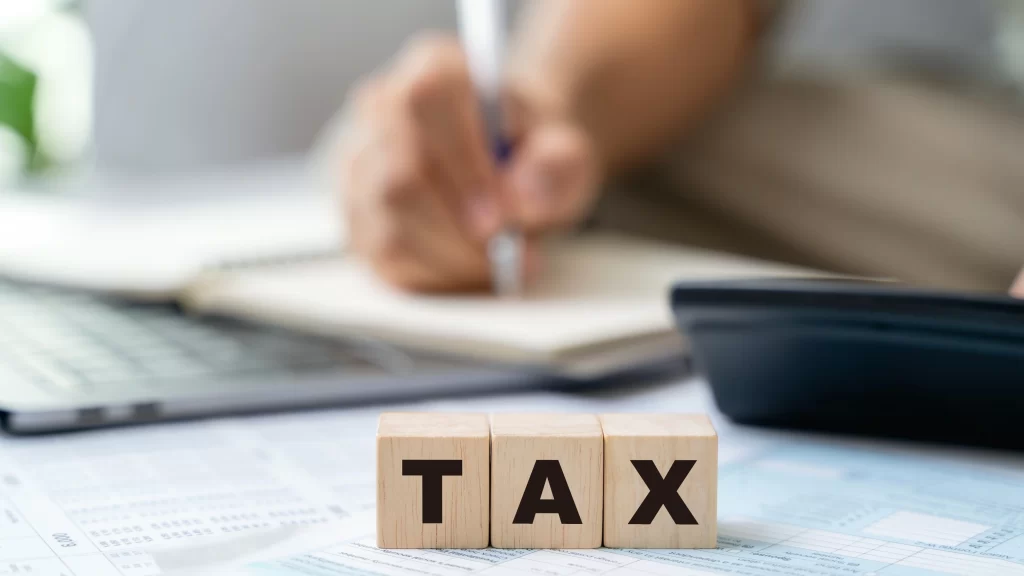ATO’s ‘main residence exemption tips’
The main residence exemption needs to be considered in a variety of situations when a taxpayer sells a property they have lived in. The ATO hopes that the following tips will help in this regard:
- Taxpayers should consider if they have started earning income from their home (in which case they may need to get a market valuation for CGT purposes).
- When renting out a property that was their main residence, taxpayers need to consider whether to use the 6-year absence rule when they sell their property.
- Taxpayers can only have one property as their main residence at a time. The only exception is the 6-month period when they move from one home to another.
- Has the taxpayer’s residency changed? If so, this may affect eligibility for the exemption.
Notice of Medicare levy exemption data-matching program
The ATO will acquire Medicare Exemption Statement data from Services Australia for the 2024 to 2026 income years, including individuals’ full names, dates of birth, residential addresses, entitlement status, and approved entitlement details.
The objectives of this program are to (among other things) ensure individuals are correctly claiming an exemption from payment of the Medicare levy and Medicare levy surcharge.
Taxpayers able to apply CGT small business concessions
The Administrative Appeals Tribunal (‘AAT’) recently held that a trust was entitled to apply the CGT small business concessions and, therefore, it could reduce a capital gain it made down to nil.
In March 2015, a family trust entered into an agreement for the sale of its shares in a company for $3,500,000. In June 2015, the trustees of the trust passed a resolution apportioning the trust’s income for that year between the four taxpayers (two brothers and their wives), and also distributing the capital gain made on the sale equally between those four taxpayers.
The determination of the trust’s net income for distribution to the beneficiaries took into account the 50% CGT discount and CGT small business concessions, relying on a valuation of the shares (and underlying business) being $3,500,000.
The ATO, however, deemed the shares sold by the trust to have been disposed of for a market value of $10,640,000, based on an updated valuation report. This also meant that the trust was not entitled to the CGT small business concessions, as this valuation meant that it did not satisfy the CGT maximum net asset value (‘MNAV’).
The ATO relied on the ‘market value substitution’ rule to substitute the value of $10,640,000 in place of the sale price of the shares. This meant that each taxpayer’s share of the 2015 trust distribution was increased from $321,989 to $1,194,174.
In relation to the MNAV test, the AAT needed to determine whether the net value of the CGT assets of the trust (and its connected entities) exceeded $6,000,000.
The AAT preferred the approach taken by the valuers for the taxpayers, partly because they had given “more attention and consideration to this particular business and the circumstances and location in which it operates.”
The AAT accordingly concluded that the total net value of the CGT assets of the trust (and connected entities) was below $6,000,000, and so the MNAV test was satisfied, and the taxpayers’ objections to the amended assessments should be allowed.
If you have any questions about money or tax don’t hesitate to get in touch and arrange a FREE No-Obligation Meeting with me. Call my office on 07 3399 8844, or just visit our website at www.straighttalkat.com.au and complete your details on our Home page to request an appointment.
Please Note: Many of the comments in this publication are general in nature and anyone intending to apply the information to practical circumstances should seek professional advice to independently verify their interpretation and the information’s applicability to their particular circumstances.





